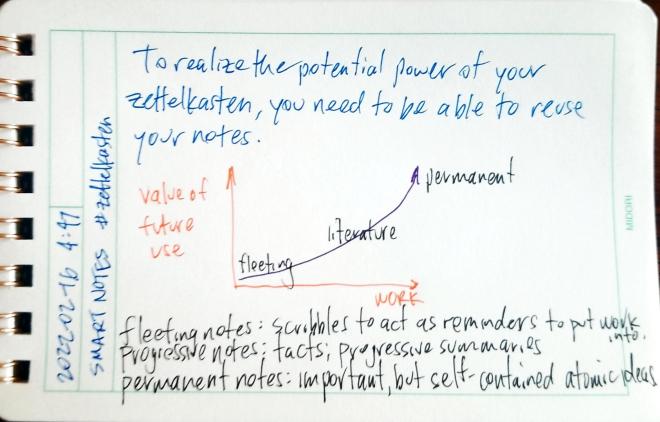We’re mounting a study group on quantum mechanics based on Peter Woit‘s Introduction to Quantum Mechanics course from 2022. We’ll be using his textbook Quantum Theory, Groups and Representations:An Introduction (free, downloadable .pdf) and his lectures from YouTube.
Shortly, we’ll arrange a schedule and some zoom video calls to discuss the material. If you’d like to join us, send me your email or leave a comment so we can arrange meetings (likely via Zoom or similar video conferencing).
Our goal is to be informal, have some fun, but learn something along the way. The suggested mathematical background is some multi-variable calculus and linear algebra. Many of us already have some background in Lie groups, algebras, and representation theory and can hopefully provide some help for those who are interested in expanding their math and physics backgrounds.
Everyone is welcome!



